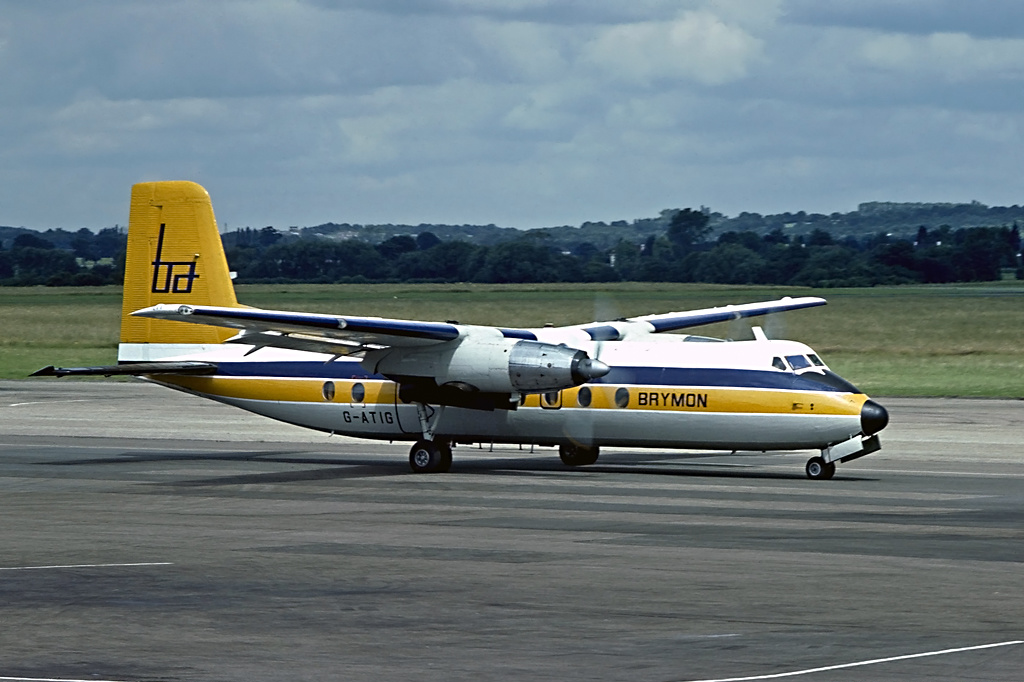Hawker Siddeley Hs 748 Pdf Writer


Barnes Complete Works Of Aristotle Pdf Free; - Creative Sound Blaster Live Ct4780 Driver Download For Windows 7;. May 08, 1999 'HS Produkt' (PDF). At the beginning of 2001, following the success of the HS 2000 pistols on the world market. Hawker Siddeley HS 748 topic.
HS121 Trident Trident 1 G-ARPC at the, 8 September 1962. Role National origin United Kingdom Manufacturer First flight 9 January 1962 Introduction 1 April 1964 Status Retired Primary users Number built 117 The Hawker Siddeley HS 121 Trident (originally the de Havilland D.H.121 and the Airco DH 121) was a British short and medium-range airliner.
It was the first rear-engined to be designed. It was also the first airliner to make a in revenue service in 1965. The Trident emerged in response to a call by the state-owned Corporation (BEA) for a jet airliner for its premier West European routes. BEA had been induced by the government to issue this call despite its unwillingness to buy a large jet fleet. The airline's requirements fluctuated greatly in the 1950s and a decade later evolved radically away from what the Trident could offer.
Adherence to BEA's changing specification was widely seen as limiting the Trident's appeal to other airlines and delaying its service entry. During its gestation, the Trident was also involved in a government drive to rationalise the British aircraft industry. The resulting corporate moves and government interventions contributed to delays causing it to enter service two months after its major competitor, the, losing further potential sales as a result. By the end of the programme in 1978, 117 Tridents had been produced. BEA's successor withdrew its Tridents by the mid-1980s. Trident services ended in China in the early 1990s.
Contents • • • • • • • • • • • • • • • • • • • • • • • • • • • • Development Background and original specification In 1953, as (BEA) introduced the world's first -powered civil airliner – the – into passenger service, the operator was already considering what would be required of a potential successor. Following the entry into service of jet airliners in 1952, many airline managers and economists remained sceptical and advocated turboprop airliners as replacements of piston-engined airliners. In 1953, while several manufacturers across the world were investing in pure jet-powered aircraft, BEA chose to favour turboprops on the basis of their superior economics and produced a specification that called for an aircraft capable of seating 100 passengers and attaining a maximum speed of 370 knots. As a result of BAE's specification, Vickers developed an enlarged derivative of the Viscount for BEA, the, which was ordered by the airline on 20 July 1956. By this point, however, the French-built conducted its during the previous year and BEA was beginning to recognise that jet aircraft could soon be providing stiff competition. In April 1956, Anthony Milward, chief executive of BEA stated that he 'would rather do without [jet airliners]'. Nevertheless, in December of that same year,, BEA's chairman, stated that it might be necessary for a number of jet-powered short haul aircraft to be introduced while retaining turboprop aircraft as the mainstay of the company's inventory for the foreseeable future.
In July 1956, BEA had announced what it called 'outline requirements' for a short-haul 'second generation jet airliner', to work alongside its turboprop fleet. It would carry a payload of some 20,000 lb (9,100 kg) or some 70 passengers over up to 1,000 miles (1,600 kilometres), weigh about 100,000 lb (45,000 kg), use 6,000 ft (1,800 m) runways, cruise at a very high speed of 610 to 620 mph (980 to 1,000 km/h) and have 'more than two engines'. Spiele Der Erwachsenen Ebook. According to aviation author Derek Woods, BEA 'wanted something that was faster than the Caravelle which was threatening to be highly competitive'.
While not intended as an express requirement, commentators ever since have taken these figures to constitute a definite call to industry. Four companies prepared projects to match the BEA outline. Proposed the initially-four-engined. Toy Defense Keygen. Proposed the futuristic trijet before shelving it and joining forces with Bristol and Hawker Siddeley.